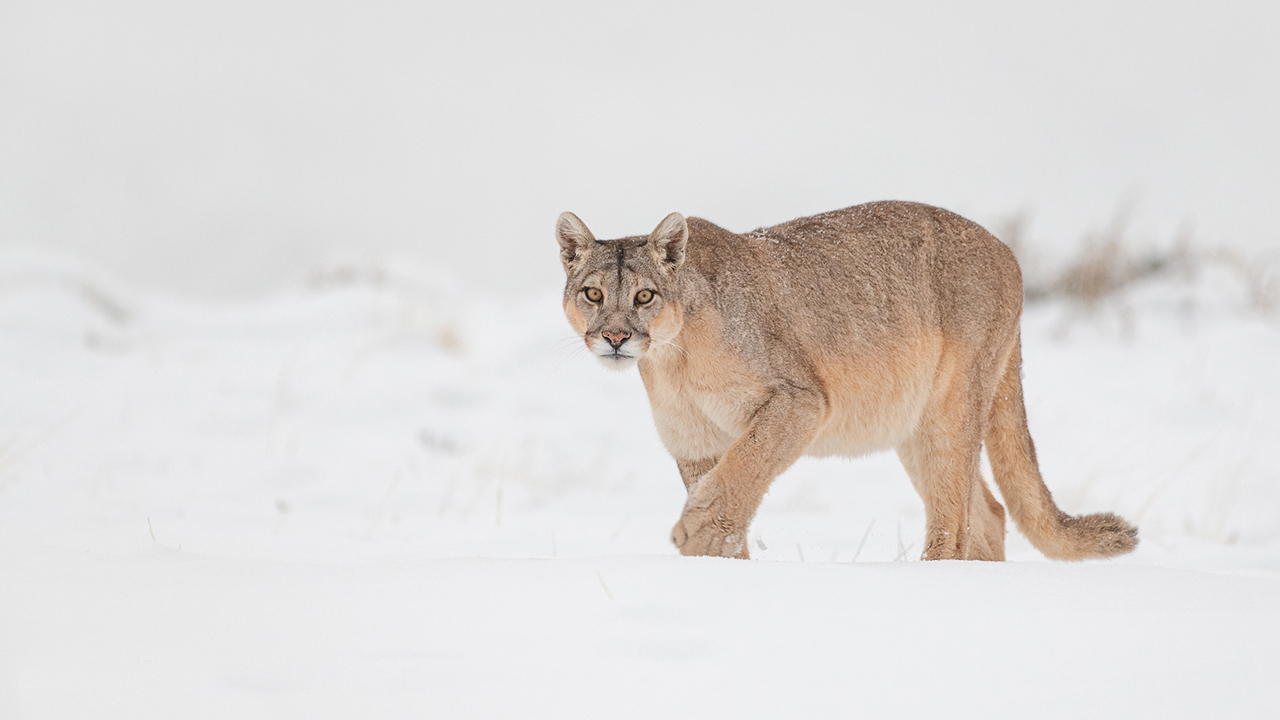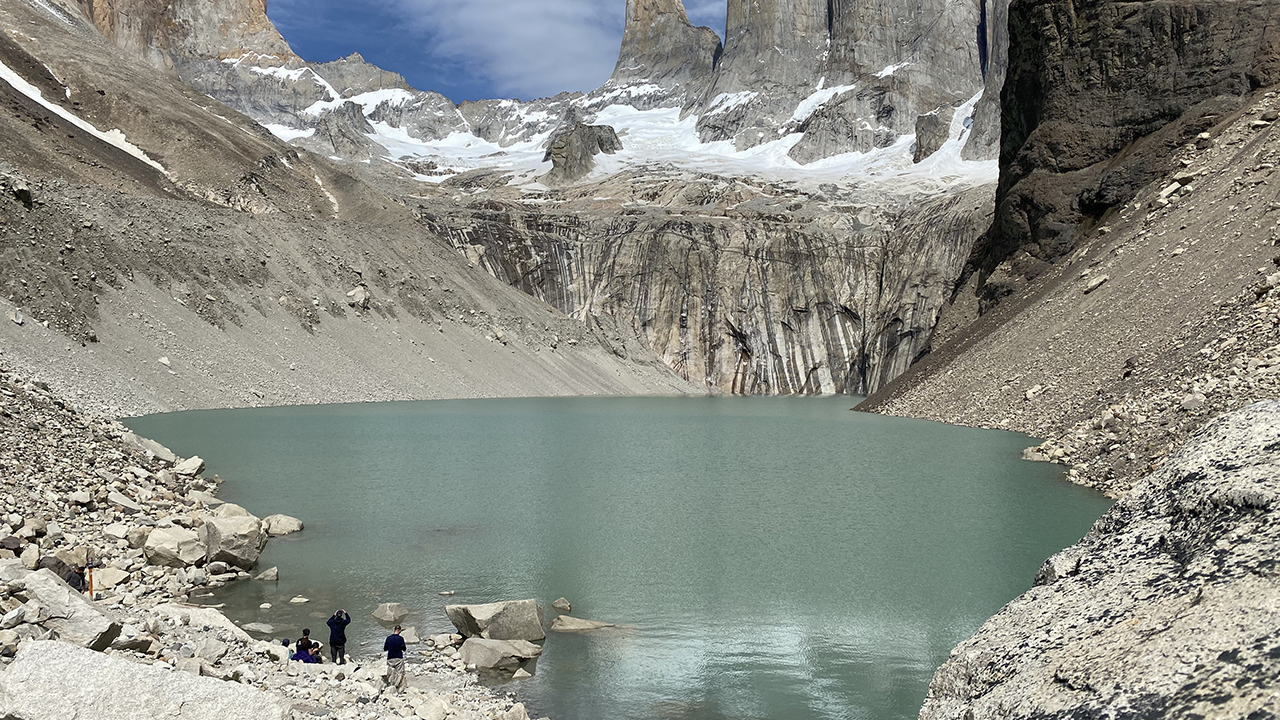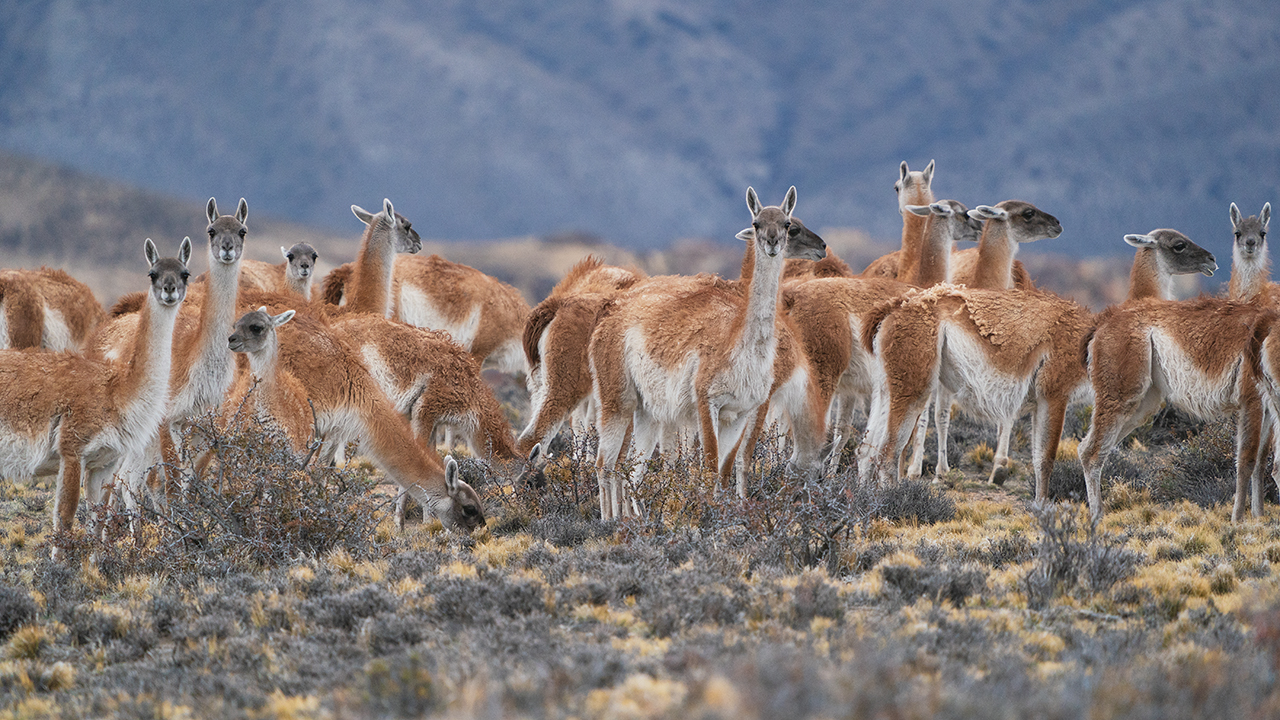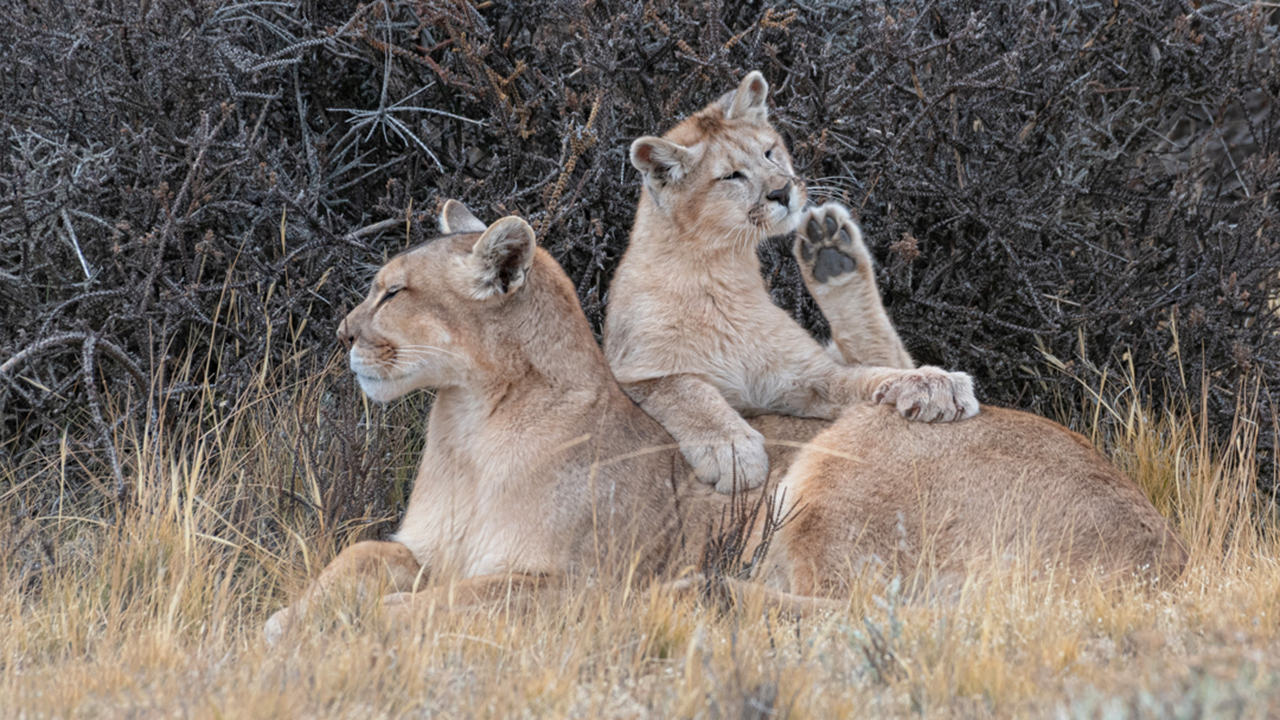"Among the majestic mountains and serene lakes, Torres del Paine holds the very essence of nature in its most sublime state." ARGENTINA WILD EXPEDITIONS.

Located in the southern reaches of Chilean Patagonia, Torres del Paine National Park is a breathtaking wilderness expanse renowned for its towering granite peaks, azure lakes, and sweeping glaciers. Situated within the Magallanes Region, this UNESCO World Biosphere Reserve is a haven for outdoor enthusiasts, offering unparalleled opportunities for trekking, wildlife spotting, and photography amidst stunning mountain landscapes. From the iconic spires of the Torres del Paine to the tranquil beauty of Grey Glacier, every corner of this pristine landscape invites exploration and discovery.

Our passengers will be assisted by an expert puma tracker, a certified local guide who is well-versed in the habits of local fauna, as well as the history and geomorphology of the area.
To explore Torres del Paine, we can either base ourselves in a hotel in Puerto Natales or within the National Park itself. Both options have their own advantages and provide an excellent opportunity to explore this spectacular destination.
Excursions are available year-round. In winter, the park experiences reduced traffic, creating opportunities for photographs showcasing majestic pumas against the snowy landscape. Conversely, spring presents an optimal season to encounter pumas in pursuit of young guanacos and offers greater opportunities with birdwatching. Regardless of the time of year, this magnificent park is a true spectacle to behold.

Possibility of extension: For those seeking an exclusive photography and puma observation activity, we offer the option to explore a private ranch adjacent to the national park, home to one of the most significant puma populations in Chilean Patagonia. This wonderful land also hosts mammals such as the Guanaco, the Hairy Armadillo, the Hog-nosed Skunk, the Pampas Fox, and over 40 bird species, including the Andean Condor, the Chilean Flamingo, and the White-throated Caracara.

The Puma (Puma concolor)The Puma is a carnivorous mammal that inhabits from Canada to Patagonia. It is a highly adaptable and generalist animal, capable of living in different ecosystems such as deserts, mountain ranges, forests, and steppes. It is the second largest feline in the Americas, preceded by the Jaguar.
In Patagonia, their diet is based on a wide variety of prey, ranging from guanacos and south Andean deer to small mammals and birds. They are ambush hunters, very skilled at approaching and stalking their potential prey.
The largest subspecies is found in Patagonia. Adults stand about 90cm (35 in) tall at the shoulders and are around 2.5 m (8 ft) from their nose to the tip of the tail and females can reach a weight of 100kg.
Target species: Puma, South American grey fox, Andean fox, Molinas's hog-nosed skunk, Screaming hairy armadillo, Guanaco, Andean condor, Southern caracara, Lesser rhea, Chilean flamingo, Black-necked swan, Ashy-headed goose, rufous-tailed plantcutter, Black-chested buzzard-eagle, Aplomado falcon, Dark-bellied cinclodes, Yellow-bridled finch, among others.
See Check-list of mammals for Torres del Paine
See Check-list of birds for Torres del Paine
Season: Year-round.
Recommended minimum duration: 4 days
Base: Lodge in Torres del Paine.
Air terminal: Presidente Carlos Ibáñez del Campo Airport (PUQ), Punta Arenas, Chile.
The temperatures between December to March range from 6° to 20°C (43 and 70°F). Summer is the windiest season with a high probability of precipitation. Depending on the month, there are 13 to 17 hours of daylight per day.
During the winter, the temperatures range from -3° to 8°C (26 to 45°F). Winds slow down and there is the possibility of snowstorms and low visibility. The probability of precipitation is also high during the cold months. Depending on the month, there are 8 to 12 hours of daylight per day.
